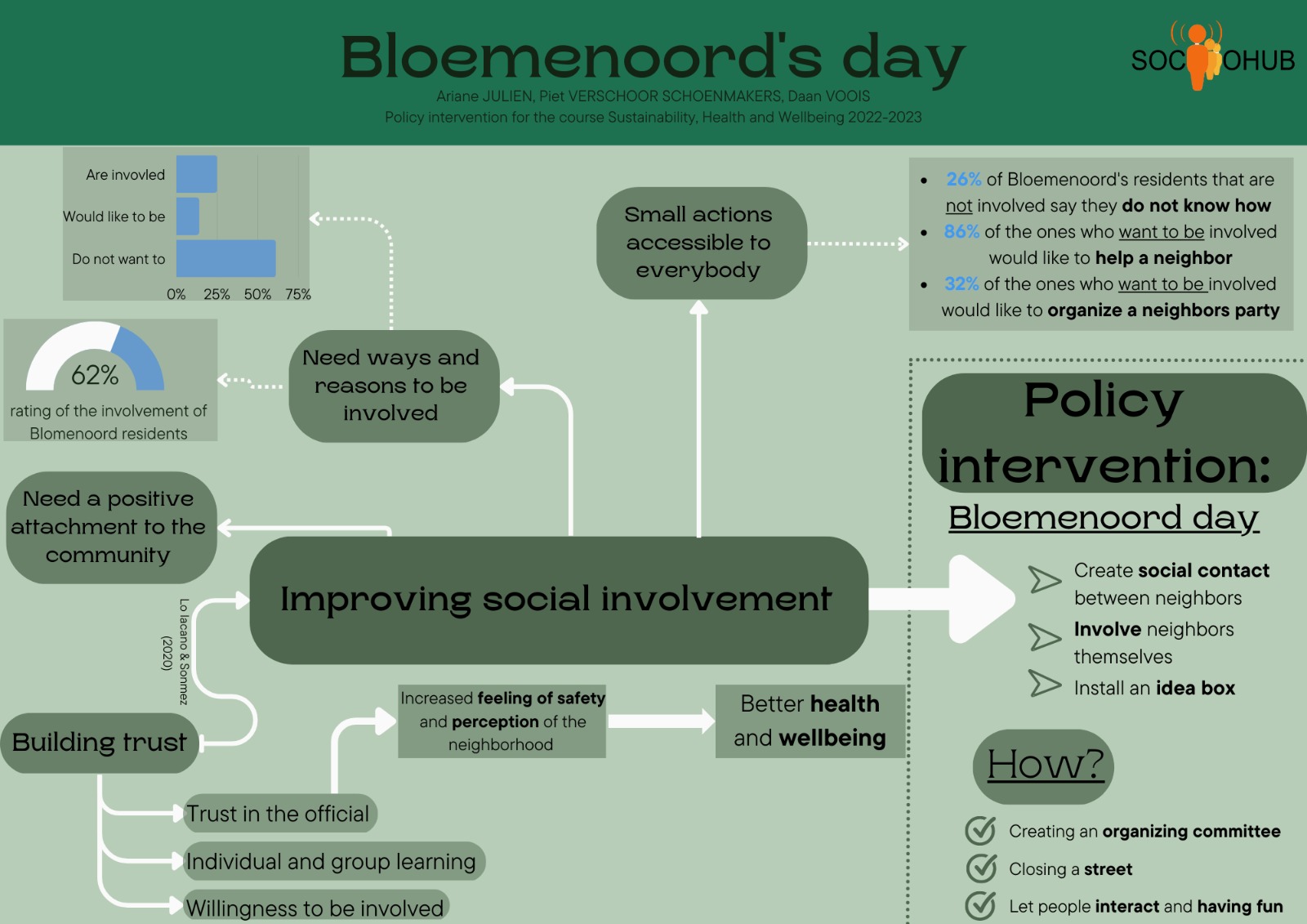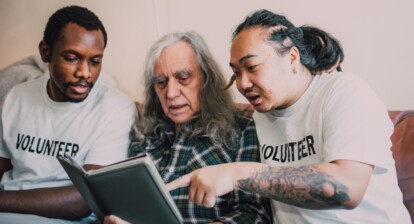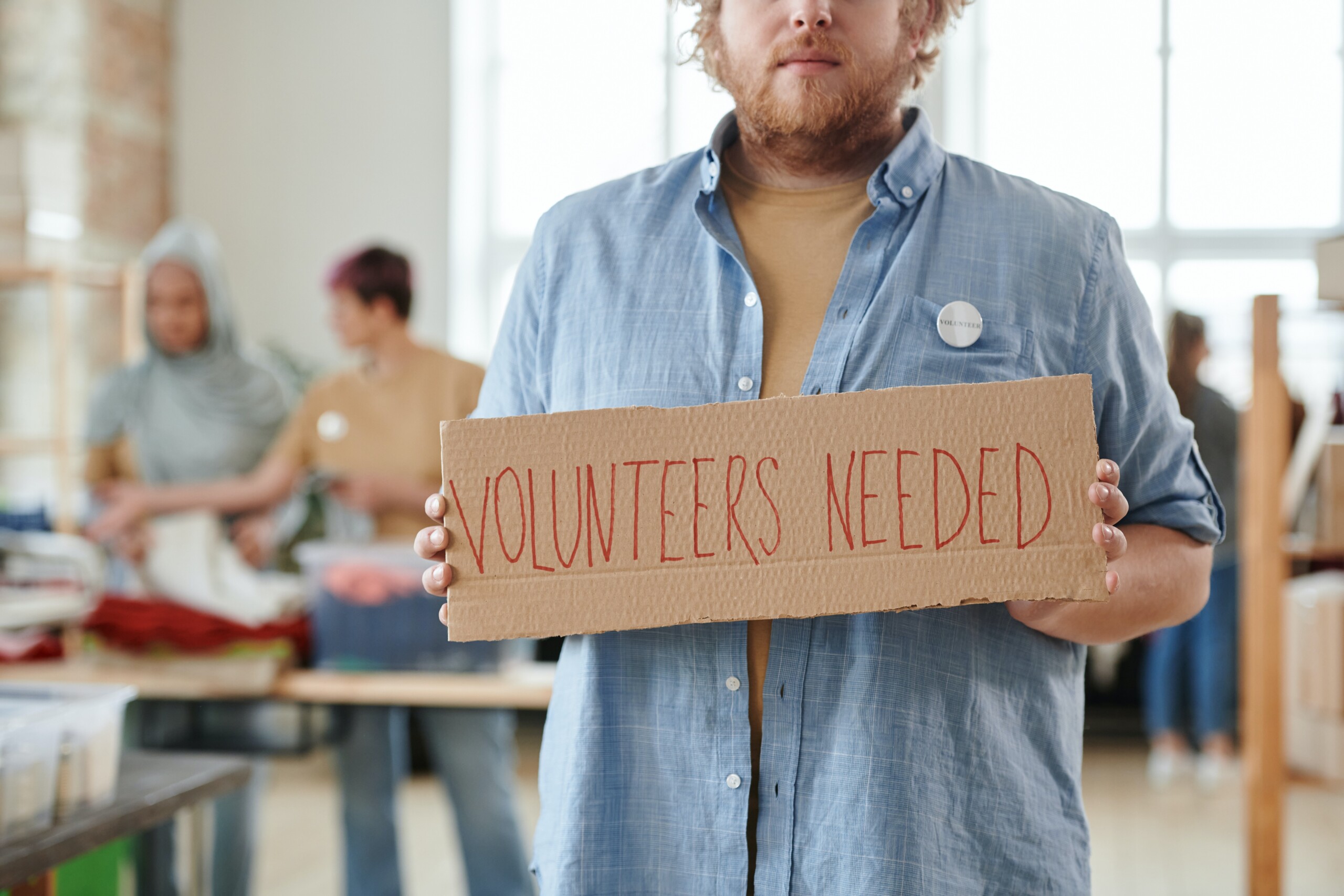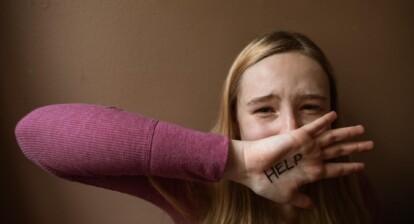Authors: Ariane Julien, Piet Verschoor Schoenmakers & Daan Voois
One of the questions that people have been discussing for millennia, is the question of ‘what is the purpose of life’. Is there even any? If there would be, isn’t it to just be happy? Leo Rosten, the American humorist, advocates against this former idea. According to Rosten, “the purpose of life is not to be happy, but to matter – to be productive, to be useful, to have it make some difference that you have lived at all.” [1].
Whether he was aware of it or not, with this quote, Rosten accurately described one of two important types of wellbeing in science and philosophy: Eudaimonic wellbeing. Where Eudaimonic wellbeing is about the pursuit of fulfilling one’s potential, the other movement – Hedonic wellbeing – is about fulfilling one’s bodily pleasures [2]. In this blogpost, we will present a policy intervention regarding the neighborhood of Bloemenoord in Waalwijk, coming from the Eudaimonic perspective on wellbeing. Namely, by the means of our intervention, we aim to increase the social involvement of the residents of Bloemenoord, in a sustainable way.
Bloemenoord Day!
Yes, our idea is to organize a recurring Bloemenoord Day! On this day, the neighborhood and its residents should be put in the limelight during a day full of fun activities. By organizing Bloemenoord Days every once a while, we intend to get to know the people from Bloemenoord, as well as to let them get to know their own neighbors better. One of the major intended outcomes of this is increased social trust between the residents of Bloemenoord. Why? Well, research has shown that social trust is important regarding one’s health and wellbeing [3]. Bloemenoord Day would improve social trust between neighbors in two ways. On the one hand by individual learning, for people will have positive interactions which create positive impressions, leading to more trust [4]. On the other hand, group learning will lead to more social trust, because one would see their neighbors having good interactions with each other [4].
In addition, improving the residents’ trust with each other would help enhance their social involvement with Bloemenoord [5]. And there are, in fact, some people who would like to get involved in Bloemenoord! Data indicates that 14% of the residents are not involved currently, but would like to be, while 32% is already involved [6]. This is much needed. Because, spoiler alert: not only people from the community center or municipality will be responsible for organizing this day. Particularly people who know Bloemenoord the best will be doing that: Bloemenoord’s residents themselves! This will contribute to making the policy intervention sustainable, because the goal is to let the people from Bloemenoord organize Bloemenoord Day for many more times, as independently as possible.
“The compassionate actions of its members are the most precise measure of a community’s greatness.”
Coretta Scott King, the wife of Martin Luther King Jr., shared these insightful words [7]. To enhance the livability of Bloemenoord, it is essential to have active and committed residents. Our recommendation is to establish Bloemenoord Day as a way to both encourage and evaluate the neighborhood’s involvement.
The outcomes
If Bloemenoord day is executed as planned and if it will be a success, we expect the following outcomes to happen: First of all, we expect that social trust and willingness to be involved in Bloemenoord will be improved by our policy intervention. In the long run, this would hopefully lead to more social involvement among the residents. When the residents are more involved in the decision making regarding the neighborhood, this would lead to new policies that really take the wants and needs from the residents into account.
Secondly, the increase in social trust in Bloemenoord will benefit the health and wellbeing of the residents of Bloemenoord, because social trust leads to higher levels of experienced safety and lowers levels of stress [8]. A lack of trust lowers the health and wellbeing of residents because it can give residents a feeling of powerlessness [9]. As a result of increased trust, social involvement will increase. Social involvement among residents can increase life expectancy [10], as well as people’s social networks and the social support people receive [11]. Increased social networks, as a result of Bloemenoord day, will give the residents an opportunity to increase their social capital. These new connections could lead to new opportunities, like job possibilities and extra knowledge from people from different backgrounds for instance.
Evaluation of the plan
Evaluation is an important aspect of a policy intervention. Therefore the organizing committee will count the amount of idea’s submitted through the idea box and evaluate whether or not these ideas are of good quality. Around a week after Bloemenoord day the committee will knock on 50 random doors in the neighborhood and ask the people a couple of questions regarding the day. It’s always important to talk about possible unintended effects a policy intervention might have. A so-called possible spillover effect of the policy intervention is the possibility that bordering neighborhoods to Bloemenoord might find out about Bloemenoord day and join the party or replicate the idea in their own neighborhood, therefore improving the involvement of residents in other neighborhoods as well.
When you’re thinking about unintended effects, a logical step is to also think about possible negative effects. Like with every other party, there is always a possibility of nuisance to residents who don’t attend the party. For instance, noise disturbance and waste. This is also the case with Bloemenoord day. More serious possible negative effects could be that people will stick to the people they already know instead of mixing and that people could attend the day and have fun, but they won’t necessarily contribute ideas to the idea box. These are more serious concerns, because these effects could mean that Bloemenoord day doesn’t increase social involvement. This would make the policy intervention unsuccessful.
Organizing a day like Bloemenoord doesn’t go without challenges. The first challenge of the policy intervention is to get the people we want to be involved to actually attend the day. We will try to attract everyone in the neighborhood by making the day as fun as possible for everyone, regardless of gender, age or culture. The second challenge is to make sure the policy intervention is sustainable, which basically means that we have to make sure the party isn’t just a one-time event. We suggest that the residents take turns in organizing the day, in which each time a different street is responsible. This would mean that it isn’t that much effort each time for the residents, which would make it more likely that Bloemenoord Day would be a sustainable policy intervention.

References:
[1] Pangilinan, J. (2023, April 4). 41 Inspiring Quotes About Community to Help Others [2023]. Happier Human. https://www.happierhuman.com/community-quotes/
[2] MacQueen, K. M., McLellan, E., Metzger, D. S., Kegeles, S., Strauss, R. P., Scotti, R., & Trotter, R. T. (2001). What is community? An evidence-based definition for participatory public health. American journal of public health, 91(12), 1929-1938.
[3] Ross, C. E., Mirowsky, J., & Pribesh, S. (2001). Powerlessness and the amplification of threat: Neighborhood disadvantage, disorder, and mistrust. American sociological review, 568-591.
[4] Lo Iacono, S., & Sonmez, B. (2021). The effect of trusting and trustworthy environments on the provision of public goods. European Sociological Review, 37(1), 155-168.
[5] Reshadi, M. (2020). Association between Trust and Social Participation (Case Study: Citizens in Hamadan Province). Quarterly of Social Studies and Research in Iran, 9(4), 907-930.
[6] Leefbaarheid in Waalwijk report
[7] Los Angeles Time. (2019, March 3). King’s Widow Urges Acts of Compassion. Los Angeles Times. https://www.latimes.com/archives/la-xpm-2000-jan-17-mn-54832-story.html
[8] Hill, T. D., Ross, C. L., & Angel, R. J. (2005). Neighborhood Disorder, Psychophysiological Distress, and Health. Journal of Health and Social Behavior, 46(2), 170–186.
[9] Ross, C. L., Mirowsky, J., & Pribesh, S. (2001). Powerlessness and the Amplification of Threat: Neighborhood Disadvantage, Disorder, and Mistrust. American Sociological Review.
[10] Dalgard, O. S., & Håheim, L. L. (1998). Psychosocial risk factors and mortality: a prospective study with special focus on social support, social participation, and locus of control in Norway. Journal of Epidemiology and Community Health, 52(8), 476–481.
[11] Berkman, L. F., & Glass, T. (2000). Social integration, social networks, social support, and health. In L. F. Berkman & I. KAwashi (Eds), Social Epidemiology (1st ed, pp. 137–173). New York, NY: Oxford Press.







